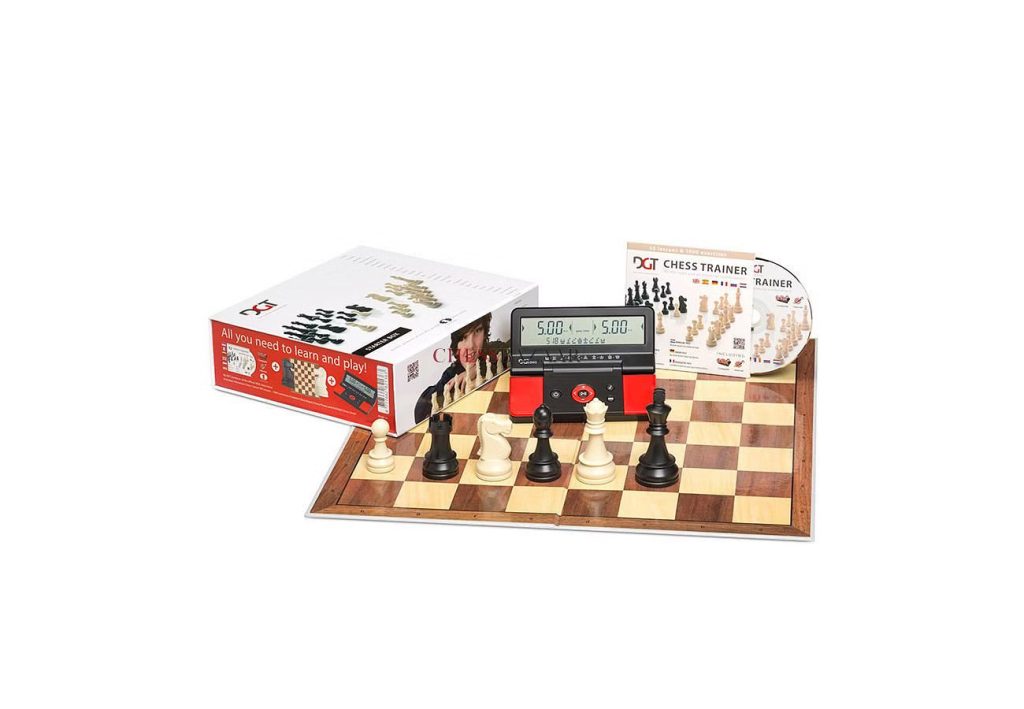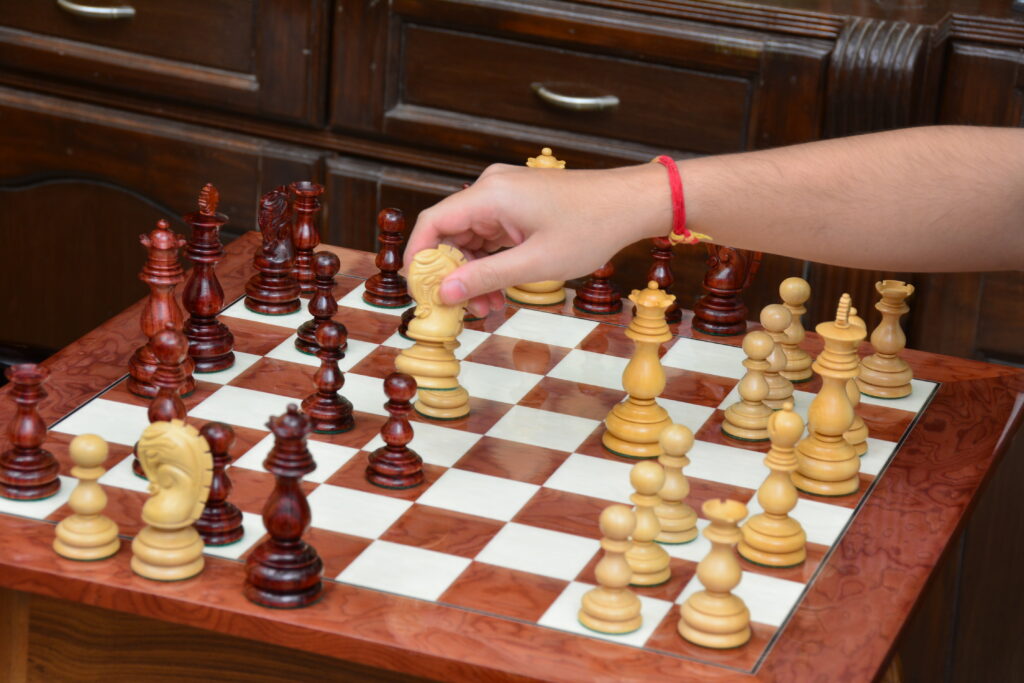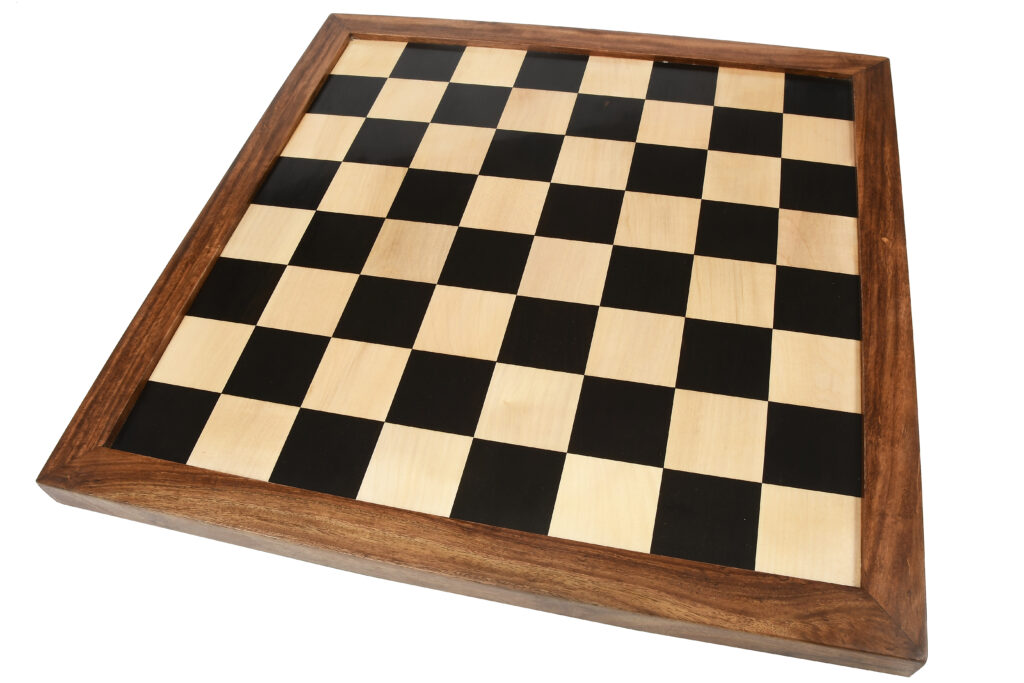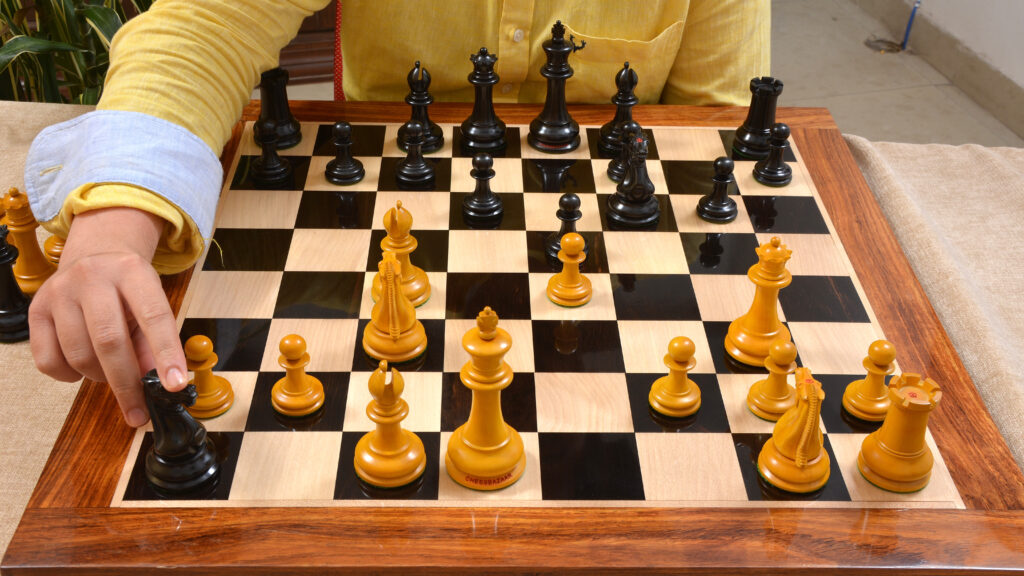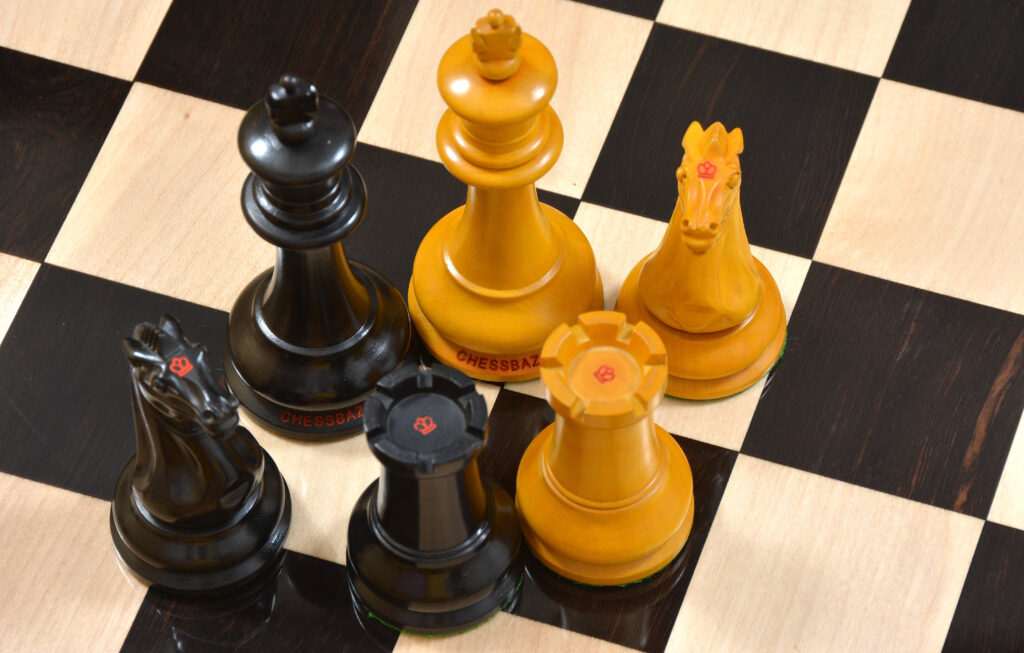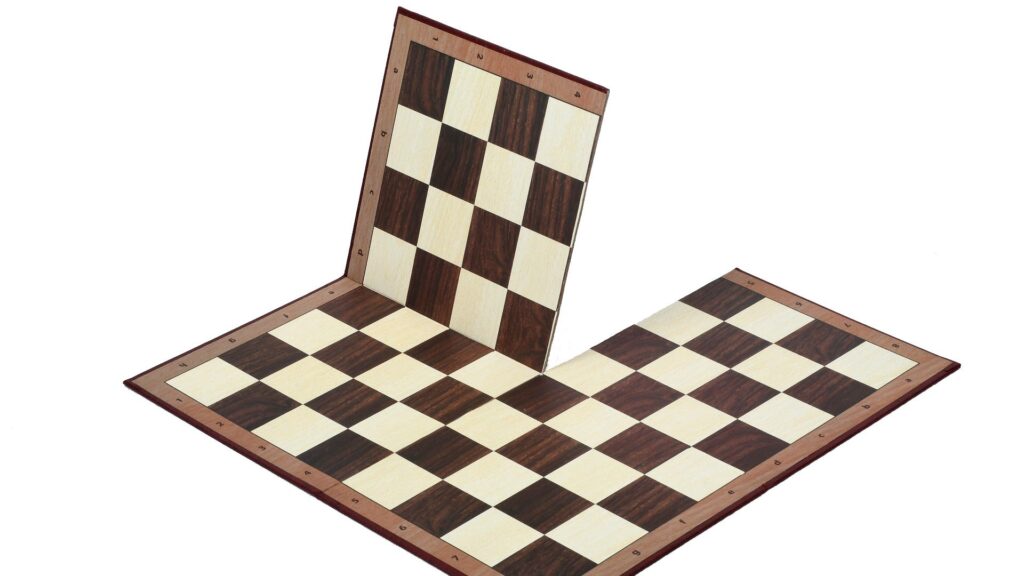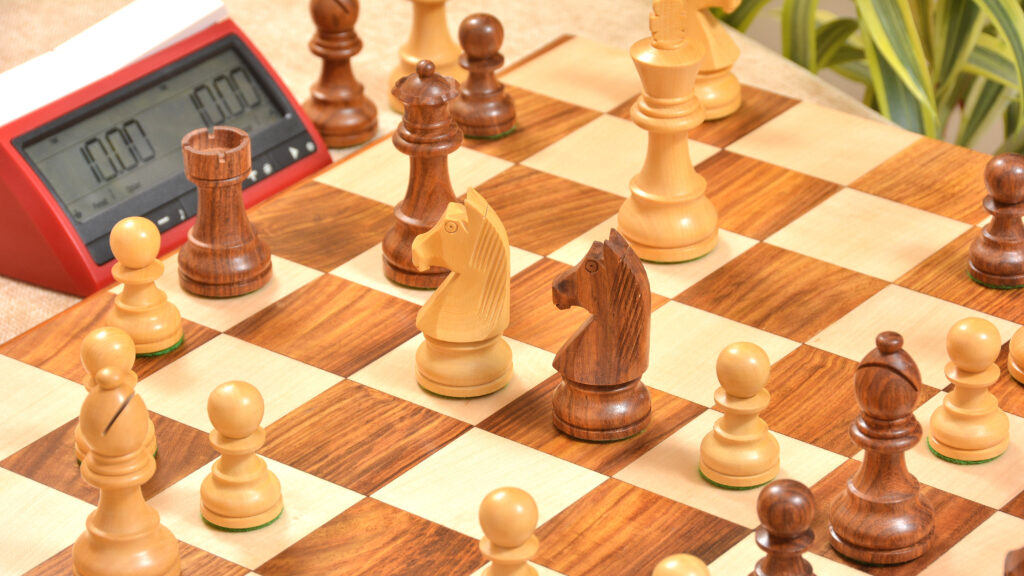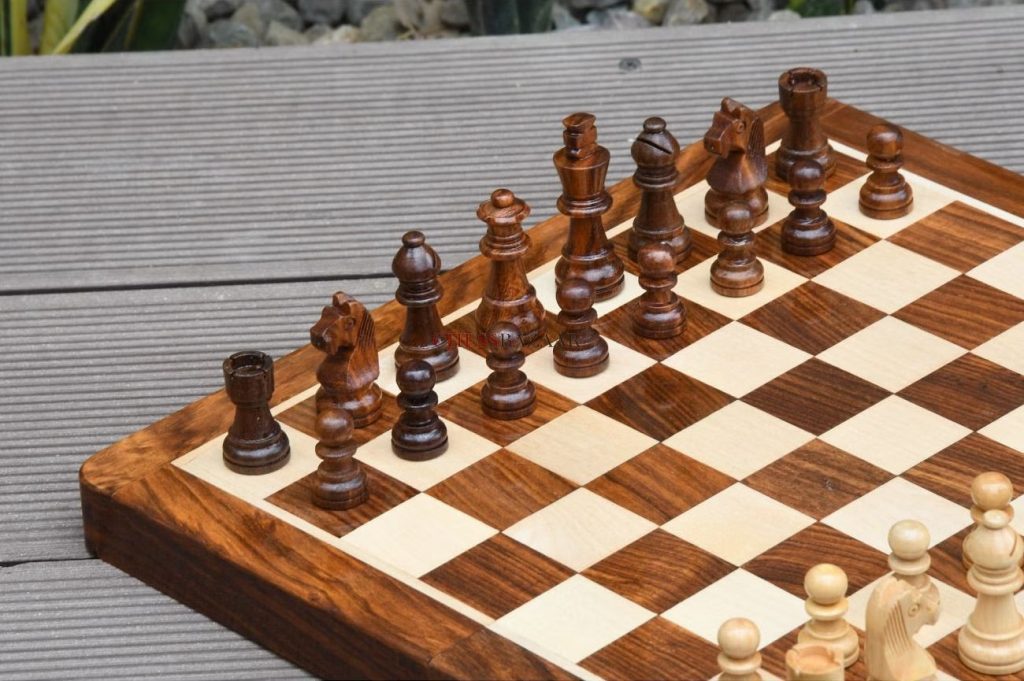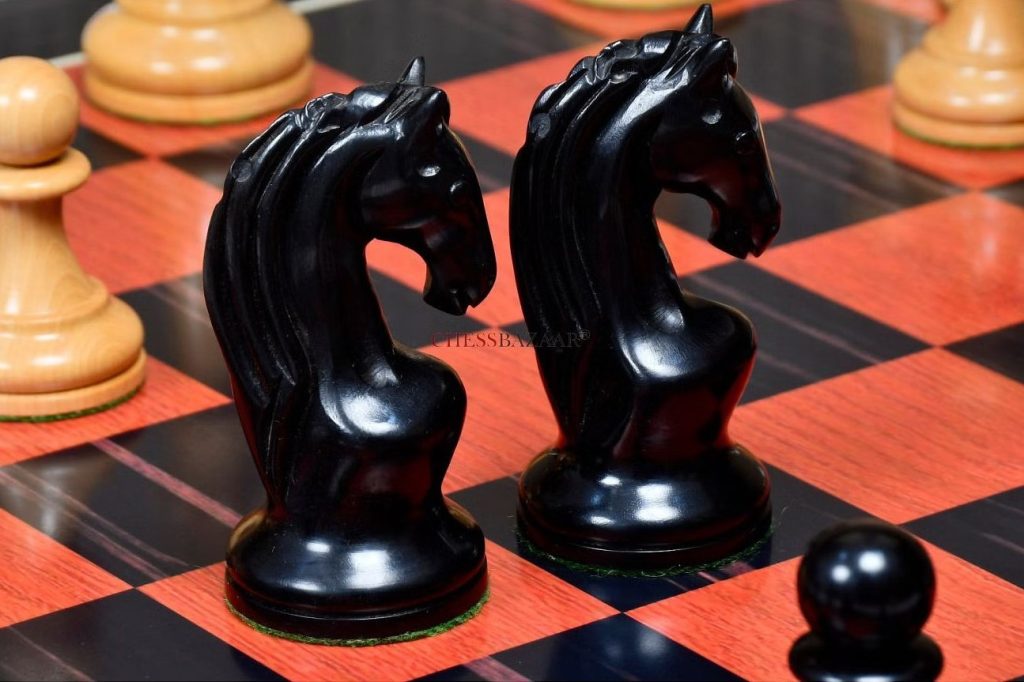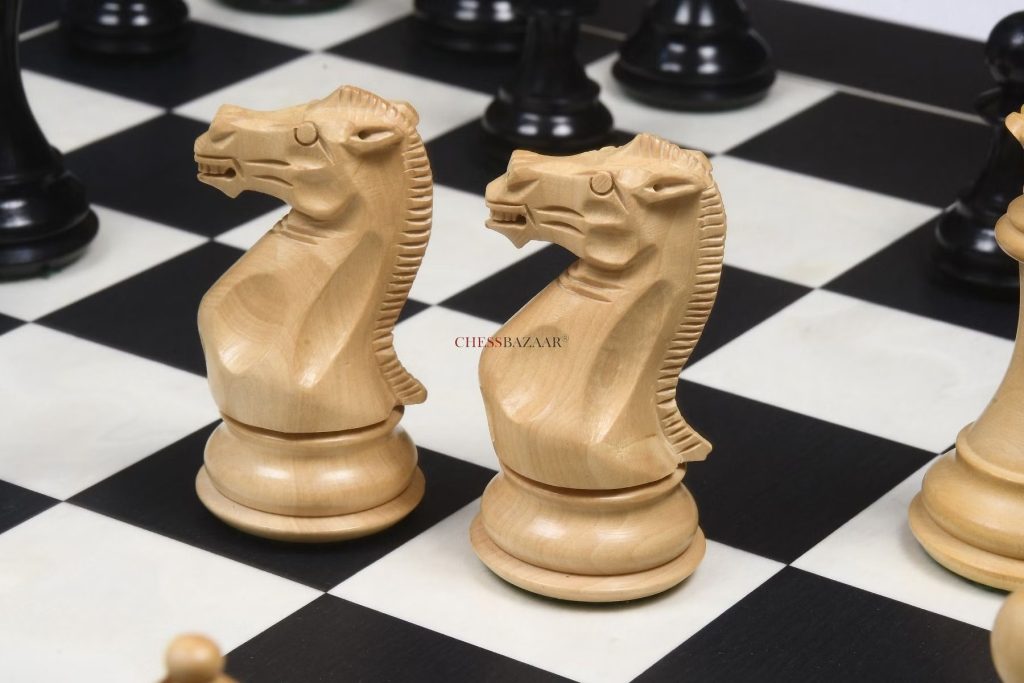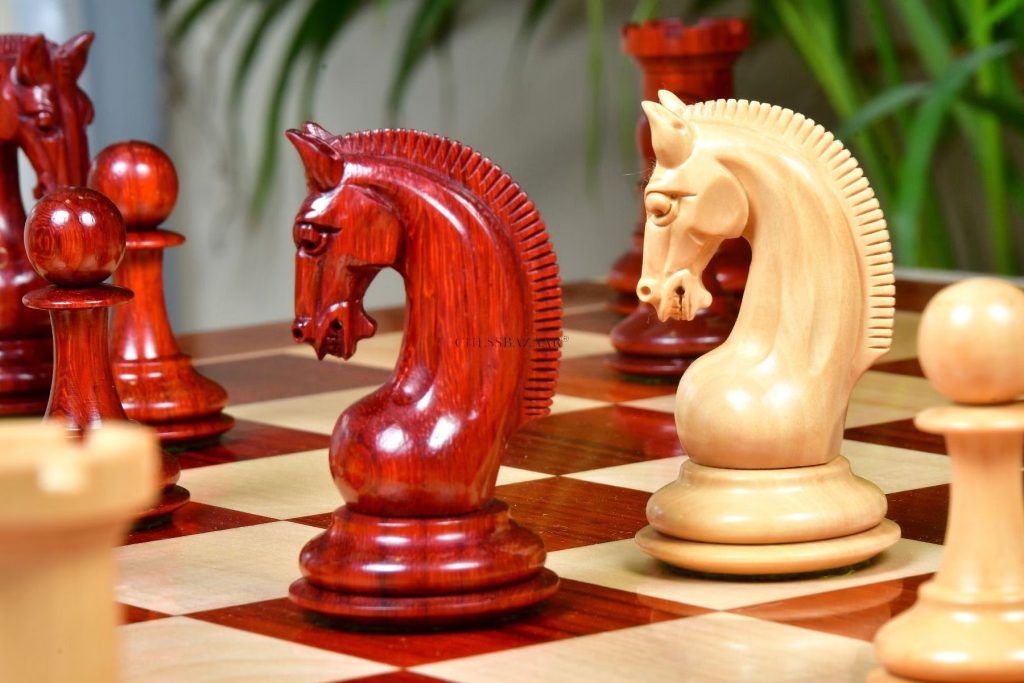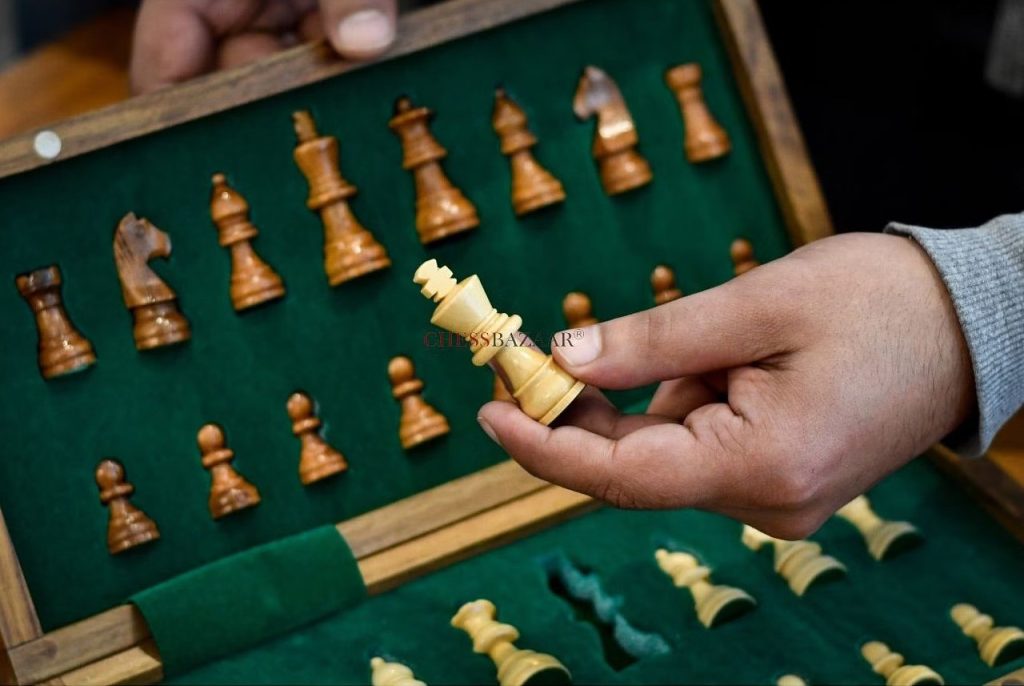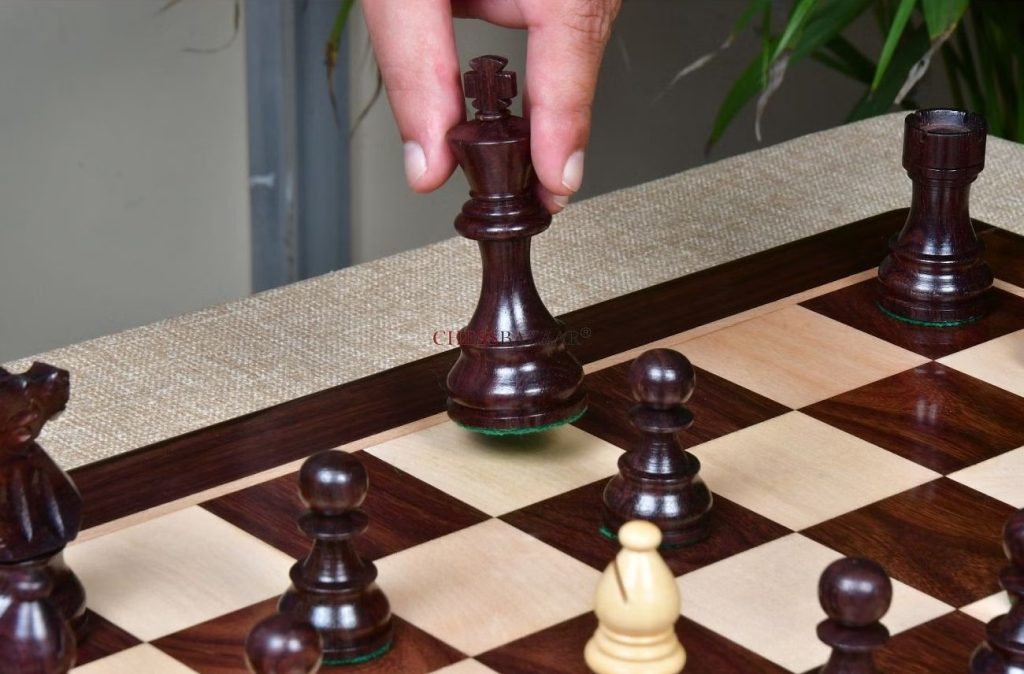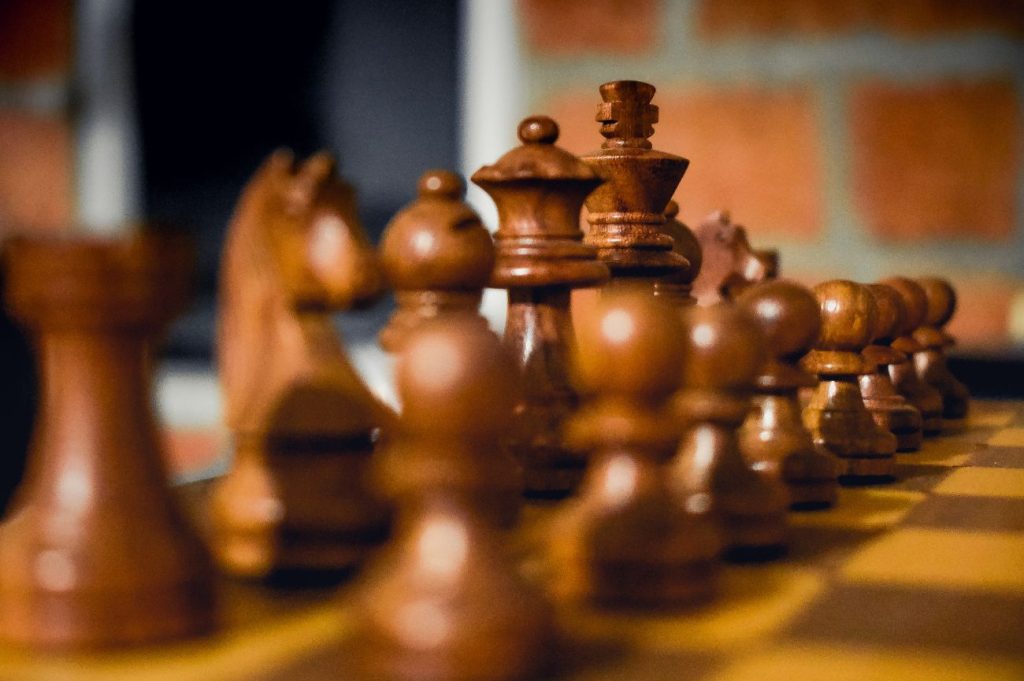The Ruy Lopez Opening: Eternal Flame Of Chess Strategy
The Whisper of History: Unveiling the Ruy Lopez Legacy
Ruy Lopez de Segura and His Vision
The Ruy Lopez Opening legend wasn’t born in a lab. It was carved out in the 1500s by a Spanish priest with a passion for chess. Ruy Lopez de Segura’s book, Libro de la invención liberal y arte del juego del axedrez, detailed a bold new idea—placing a bishop on b5 early in the game. It wasn’t flashy, but it was deep. He believed in playing the long game, in winning not with fireworks, but with pressure.
From Obscurity to Dominance in Modern Chess
Though it lay dormant for centuries, the Ruy Lopez saw resurgence in the 19th century, embraced by greats like Carl Jaenisch and Wilhelm Steinitz. Over time, it became the favorite of titans such as Bobby Fischer and Garry Kasparov—proof of its timeless appeal.
Why It’s Called “The Spanish Torture”
It’s slow. It’s painful. And it breaks you down—mentally. That’s why grandmasters lovingly call it The Spanish Torture. It’s a grind where one inaccuracy can mean a slow but certain loss. A true battle of wills.
The Opening Sequence: Setting the Stage
The Signature Moves Explained
Let’s break it down:
- e4 e5
- Nf3 Nc6
- Bb5
This third move—Bb5—is where the magic begins. It targets the knight defending the central e5 pawn. But more importantly, it’s about building long-term pressure.
Strategic Themes in the Opening Phase
The Purpose Behind Bb5
It’s not just poking a knight—it’s positioning the bishop to indirectly affect the center, delay Black’s development, and provoke weaknesses.
King Safety and Central Tension
With moves like O-O and Re1, White builds a strong fortress and keeps an eye on tactical opportunities. Control the center, safeguard the king, then strike!
Why White Chooses the Ruy Lopez
A Positional Approach to Dominate the Board
This isn’t about launching wild attacks. The Ruy Lopez is like sculpting—shaving away at your opponent’s options until the masterpiece appears.
Development, Initiative, and Flexibility
The most powerfull strategy ever
Mastering the Pawn Structure Game
In lines like the Exchange Variation, White deliberately gives up the bishop pair to weaken Black’s pawn structure, betting on a better endgame.
Creating Middlegame Opportunities
With space control and well-developed pieces, White can transition seamlessly into aggressive play, whether through kingside attacks or central breaks.
Black’s Best Replies: Holding Ground Against the Spanish Threat
The Morphy Defense and Its Closed System
After 3…a6, Black asks the bishop a question: retreat or exchange? This leads to incredibly rich Closed Ruy Lopez lines. Black prepares …b5 and …Bb7 to challenge the center.
The Berlin Wall: Drawing the Line
The 3…Nf6 brings the Berlin Defense, a fortress line that often leads to early queen trades. World Champions like Kramnik and Carlsen love its solidity.
The Marshall Attack: Fire Against Fire
In the Marshall Gambit, Black plays …d5 in the middlegame, offering a pawn for vicious piece activity. It’s risky, but beautiful when done right.
The Exchange Variation: Simplicity with a Punch
White plays 4.Bxc6, giving up the bishop pair, but crippling Black’s pawns. Fischer used this line to devastating effect.
Other Defenses Worth Knowing
Steinitz & Deferred Steinitz Defense
Solid but passive. Great for defensive players who like playing with a strong wall.
Archangel Variation
A more aggressive and tactical variation with …Bc5 early. Be ready for fireworks.
Schliemann and Chigorin Gambits
These are wild, offbeat lines. The Schliemann (3…f5) is ultra-aggressive, while Chigorin’s …Nd4 throws White off balance early.
Tactical Tricks and Famous Traps in the Ruy Lopez
The Noah’s Ark Trap
A classic: Black entices White’s bishop into a trap with pawns and wins material. Beware!
Common Missteps to Exploit
Don’t castle too late. Don’t rush c3 or d4. Misplacing a knight or bishop too early can spell disaster.
Essential Tactical Patterns for Both Sides
Familiarize yourself with forks, skewers, pins, and pawn breaks common in Ruy Lopez games. They pop up more than you’d expect.
Is the Ruy Lopez for You?
For Beginners: Learning the Fundamentals
Yes! It teaches basic principles like development and control of the center. No gimmicks, just good chess.
Intermediate Players: Growing in Strategic Depth
You’ll start to recognize strategic elements: pawn weaknesses, bishop pair dynamics, and piece placement.
Advanced and Professional: The Game Within the Game
At higher levels, the Ruy Lopez is an arms race of ideas. Subtle plans can be deadly. One tempo? Game over.
How to Learn the Ruy Lopez Like a Pro
Online Tools and Courses
Want to master the Ruy Lopez without drowning in theory books? Modern platforms like Lichess.org and Chess.com offer incredible resources. From opening explorers to detailed video breakdowns, you’ll find interactive lessons that teach not just the moves, but the ideas behind them. Courses by GMs like Daniel Naroditsky or Levy Rozman (Gotham Chess) often dive deep into Ruy Lopez systems with humor, clarity, and enthusiasm.
You can also take advantage of tools like:
- Chessable: Repetition-based learning (perfect for memorizing lines and patterns)
- Aimchess or DecodeChess: Personalized opening recommendations and analysis
- YouTube Channels: GothamChess, Hanging Pawns, and The Chess Nerd all cover Ruy Lopez extensively
Books That Break It All Down
If you’re more of a bookworm, there’s no shortage of must-read material:
- 📖 “Play the Ruy Lopez” by Andrew Greet – A fantastic starting point for intermediate players
- 📖 “The Ruy Lopez: Move by Move” by Neil McDonald – Explains each move in context
- 📖 “Fighting the Ruy Lopez” by Milos Pavlovic – Ideal for those playing as Black
- 📖 “Ruy Lopez Explained” by Gary Lane – For players seeking an intuitive grasp
Don’t just read—study annotated games and play them out on a board or app. Seeing the lines in action is the best way to internalize them.
Studying Annotated Grandmaster Games
You want real insight? Study the legends.
- Kasparov’s attacking brilliance in the Ruy Lopez will show you how to turn positional pressure into fireworks.
- Karpov’s games offer a masterclass in restraint, control, and outmaneuvering your opponent.
- Carlsen’s Berlin battles prove the importance of endgame mastery in this opening.
- And of course, Fischer’s Exchange Variation games display raw attacking power and pawn play.
Pay attention to how these players shift gears—from calm development to sudden attacks or positional grinds. Their decisions are packed with lessons.
Legends Who Made the Ruy Lopez Shine
Kasparov, Carlsen, and Fischer’s Ruy Lopez Repertoires
The Ruy Lopez isn’t just for club players—it’s a staple in the arsenals of the greatest minds to ever touch a chessboard.
- Garry Kasparov weaponized the Ruy Lopez with blistering attacks, always searching for dynamic play even from the most subtle lines.
- Magnus Carlsen took the Ruy Lopez to new levels with his use of the Berlin Defense as Black and deep understanding of slow buildup as White.
- Bobby Fischer, known for his razor-sharp focus and theoretical contributions, practically owned the Exchange Variation. “e4—best by test,” he said, and the Ruy Lopez was his weapon of choice.
Watching their games isn’t just educational—it’s inspiring.
Conclusion: A Lifelong Companion on the 64 Squares
If chess is the art of war on a checkered battlefield, then the Ruy Lopez is its grand symphony. It’s not just an opening; it’s a philosophy. From its humble beginnings in 16th-century Spain to being the battleground of world championship matches, the Ruy Lopez has stood the test of time.
Whether you’re a beginner trying to understand the value of development and space, or an expert looking to outmaneuver another master in a 70-move grind, the Ruy Lopez has something to offer.
Its elegance, its strategic richness, and its depth will challenge your brain and fuel your creativity. So why not embrace it? Dive deep. Play it often. Learn from your mistakes. Because once you truly understand the Ruy Lopez, you’ll never see the board the same way again.
FAQs
1. Is the Ruy Lopez a good opening?
Absolutely. The Ruy Lopez is one of the strongest and most time-tested openings in chess. It starts with 1.e4 e5 2.Nf3 Nc6 3.Bb5 and aims for quick development and central control. It’s a favorite at all levels—especially among top players—because of its deep strategy and rich history.
2. What is the deadliest chess opening?
For beginners and intermediate players, the Fried Liver Attack is often seen as the most dangerous—it can lead to a quick win if your opponent isn’t ready for it. At higher levels, aggressive lines in the Sicilian Defense, especially the Najdorf Variation, can be extremely lethal in skilled hands.
3. What is the #1 best chess opening?
There isn’t one single “best” opening for everyone, but the Sicilian Defense (1.e4 c5) is the most popular and successful reply to 1.e4. For White, both the Ruy Lopez and the Queen’s Gambit (1.d4 d5 2.c4) are consistently strong choices across all levels.
4. Who is the Ruy Lopez opening named after?
It’s named after Ruy López de Segura, a Spanish priest and one of the earliest chess theorists. He wrote about this opening back in 1561, helping to shape modern chess theory.
5. What is Magnus Carlsen’s favorite opening?
Magnus doesn’t stick to just one opening—he’s famous for being unpredictable and flexible. That said, he often uses the Ruy Lopez, Queen’s Gambit, and occasionally the English Opening (1.c4). As Black, he leans toward solid defenses like the Berlin or Sicilian Defense.
6. What opening does Hikaru play?
Hikaru is known for keeping his opponents guessing. He plays a wide range of openings, including aggressive ones like the King’s Indian and Nimzo-Indian as Black. As White, he’s used the Ruy Lopez, London System, and English Opening, depending on the situation and the opponent.
7. What is Bobby Fischer's favorite opening?
Fischer was a big fan of the Ruy Lopez when playing White and often went for the Sicilian Defense, especially the Najdorf Variation, as Black. His deep preparation and mastery of these lines were key to his World Championship win.
8. How to checkmate in 4 moves?
The classic four-move checkmate is called Scholar’s Mate. Here’s how it goes:
1.e4 e5
2.Qh5 Nc6
3.Bc4 Nf6
4.Qxf7#
It’s a quick trap that only works if Black makes some early mistakes. Experienced players will usually spot and avoid it easily.
9. Which is the rarest chess opening?
One of the rarest is the Barnes Opening (1.f3)—it’s weak because it ignores the center and delays development. Other unusual openings include the Amar Opening (1.Nh3) and the quirky Grob Attack (1.g4). You won’t see these much in serious games.
Pro Tips to Master the Ruy Lopez Faster
Tip 1: Don’t Memorize—Understand
It’s tempting to cram lines and memorize variations. But here’s the deal: openings evolve. What works today might be refuted tomorrow. Instead, focus on why a move is played. Ask yourself:
- What is this move threatening?
- What does it defend?
- How does it support my overall plan?
Understanding ideas beats memorization every single time.
Tip 2: Learn a Few Key Variations—Deeply
Don’t try to learn everything at once. Pick two or three main variations and go deep. For example:
- As White: Learn the Closed Ruy Lopez and Exchange Variation
- As Black: Prepare against both with the Berlin Defense and Morphy Defense
When you master the plans in those lines, the rest becomes easier to navigate.
Tip 3: Play Slow Games
Blitz is fun. But if you really want to improve, play longer time controls like 15+10 or 30-minute games. Why? Because the Ruy Lopez is a slow burner. You need time to think through plans, not just calculate tricks.
Tip 4: Analyze Your Own Games
After every game, review the opening phase. Where did you deviate from theory? Did you understand your position or just move randomly? Use engines sparingly—they show what’s right, but not why. Try to explain each move to yourself first, then compare with the engine.
Tip 5: Watch the Pros—and Imitate
You don’t need to reinvent the wheel. Watch how Carlsen, Nakamura, and Giri handle the Ruy Lopez. Pause and think: “Why did they play that?” Mimicking the masters will elevate your decision-making and intuition.
Your Ruy Lopez Action Plan
Here’s a 7-day roadmap to jumpstart your mastery of the Ruy Lopez:
Day | Focus Area |
Day 1 | Learn the basic moves and plans (1.e4 e5 2.Nf3 Nc6 3.Bb5) |
Day 2 | Study the Morphy Defense and Closed Ruy Lopez |
Day 3 | Explore the Berlin Defense and how to play against it |
Day 4 | Dive into the Exchange Variation with annotated Fischer games |
Day 5 | Practice on Chess.com or Lichess (10 rapid games) |
Day 6 | Watch one full YouTube lesson on the Ruy Lopez |
Day 7 | Review 3 of your own games + 1 Grandmaster game |
Repeat. Reinforce. Improve.
The Final Word: Why the Ruy Lopez Never Dies
Some openings come and go like fashion trends. The Ruy Lopez, though, is eternal. Why? Because it mirrors life—it’s about long-term planning, patience, learning from mistakes, and seizing opportunities when they appear.
It’s not just for grandmasters. It’s for you. Whether you’re climbing from 800 to 1500 ELO, or fighting for tournament victories, the Ruy Lopez will be a loyal companion in your chess journey.
So the next time you sit across the board and push that pawn to e4, remember—you’re stepping into a centuries-old legacy. One filled with legends, traps, strategies, and the quiet thrill of domination through deep understanding.
Go forth. Play the Ruy Lopez. And torture your opponents—one precise move at a time.
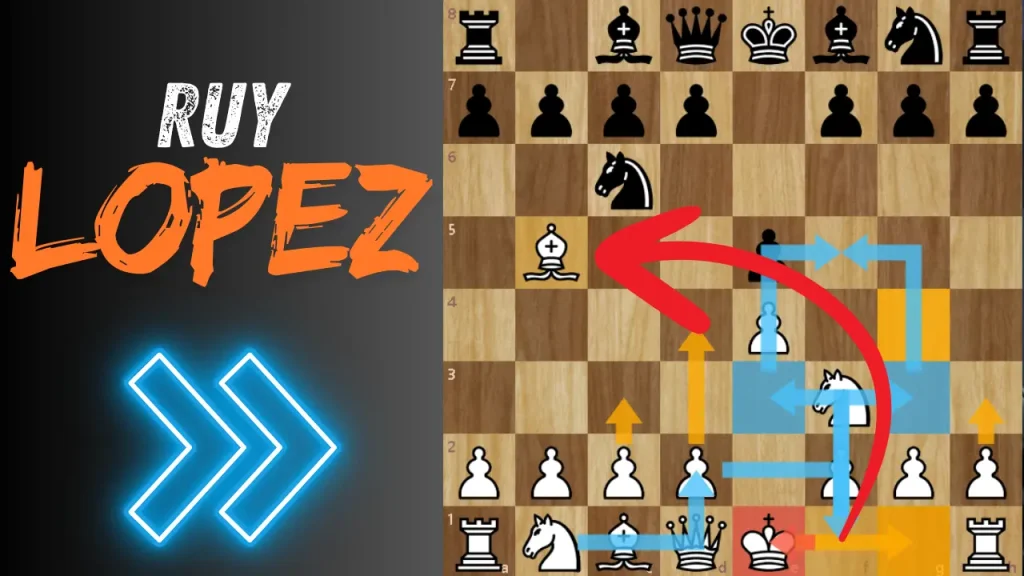

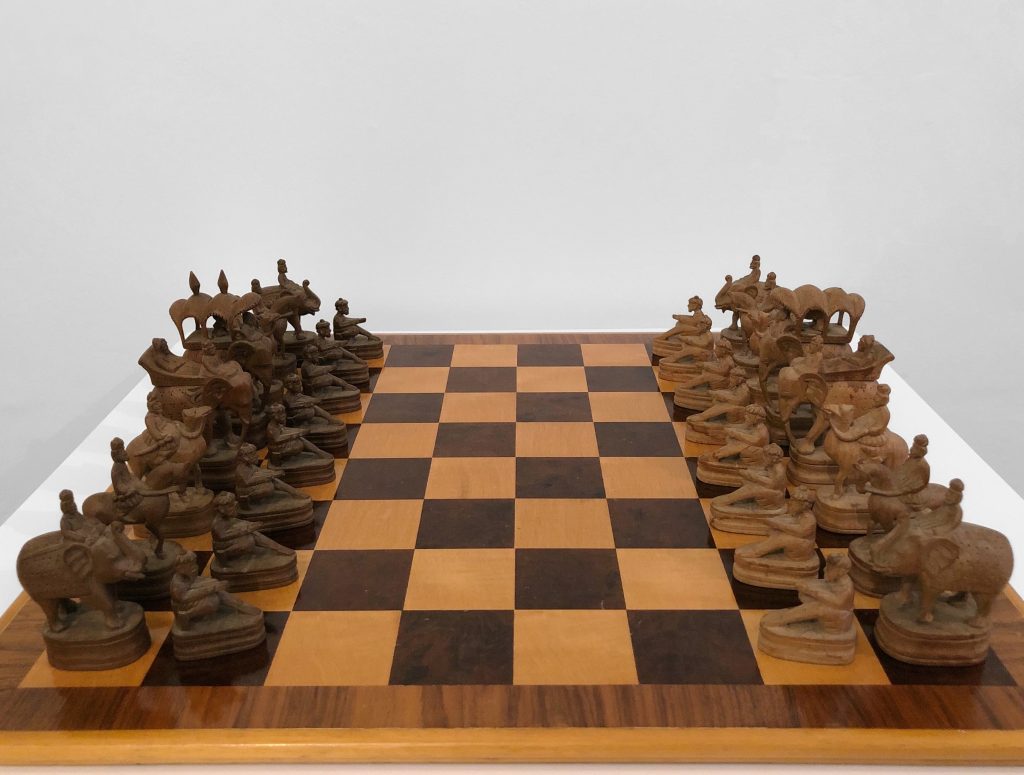
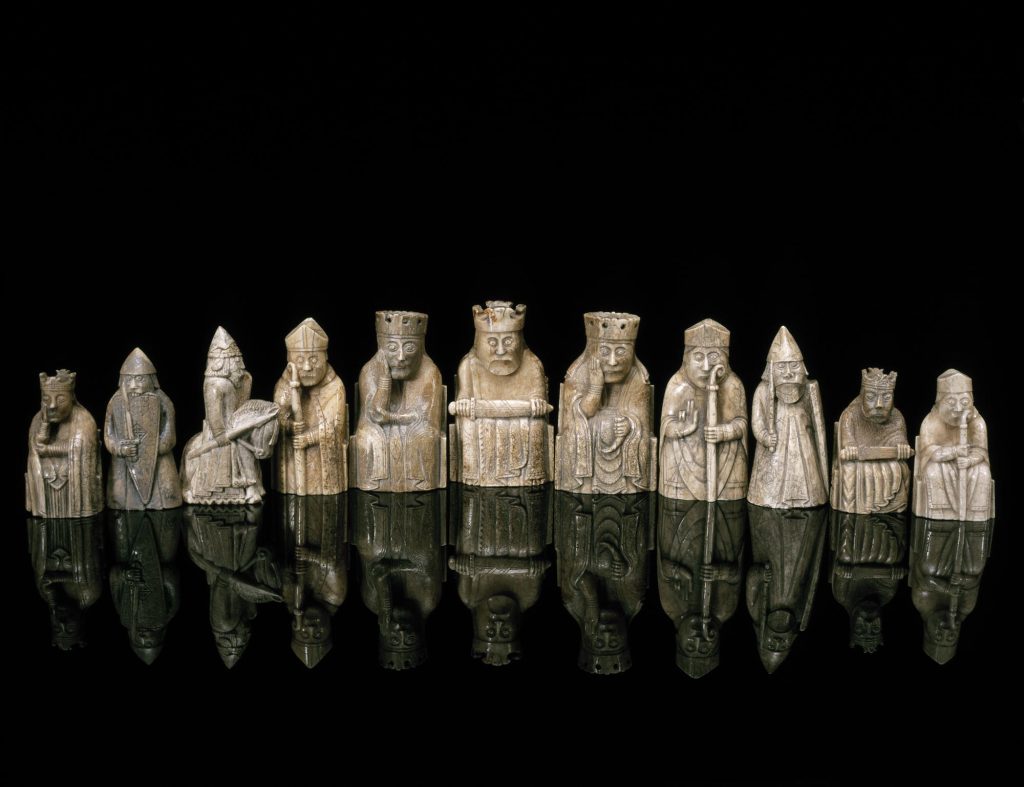

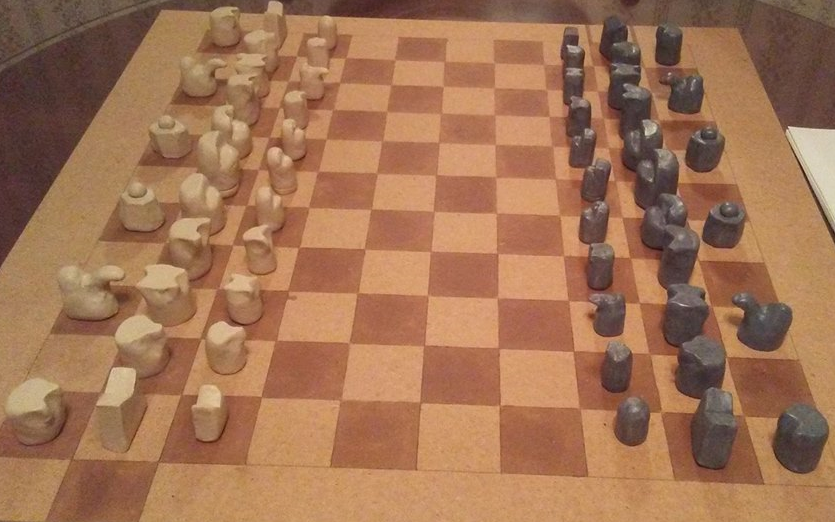

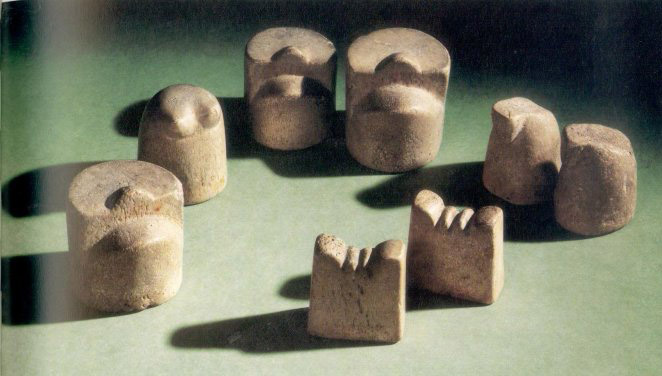


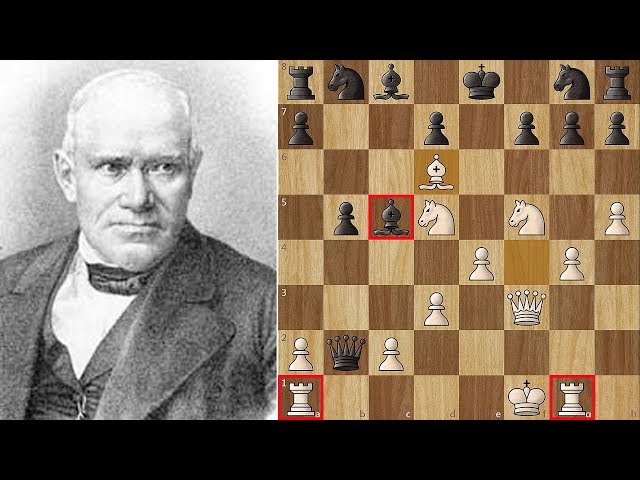

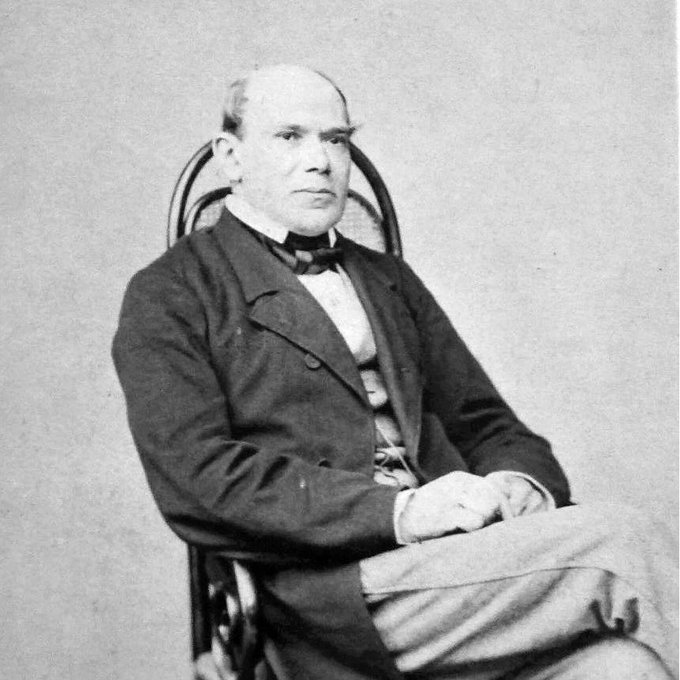

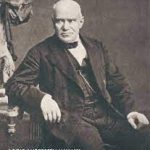


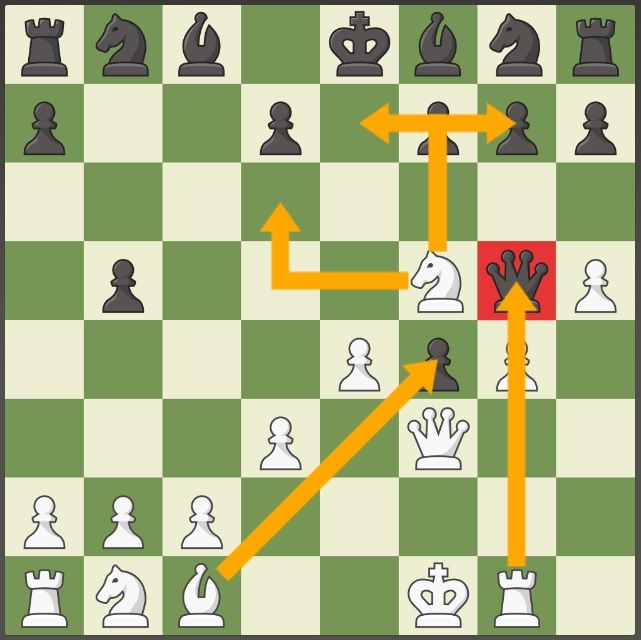
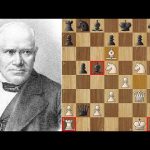
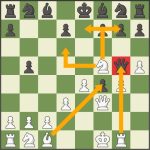
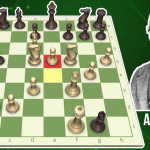








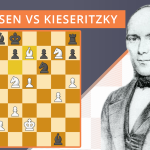
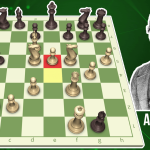
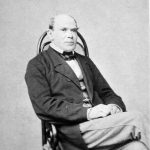
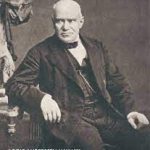
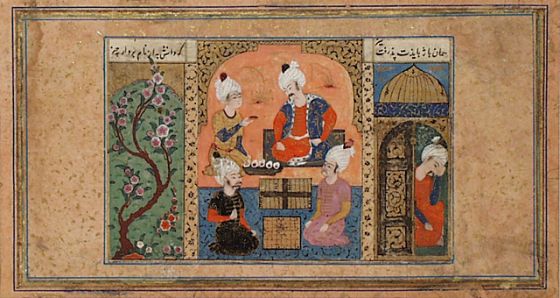
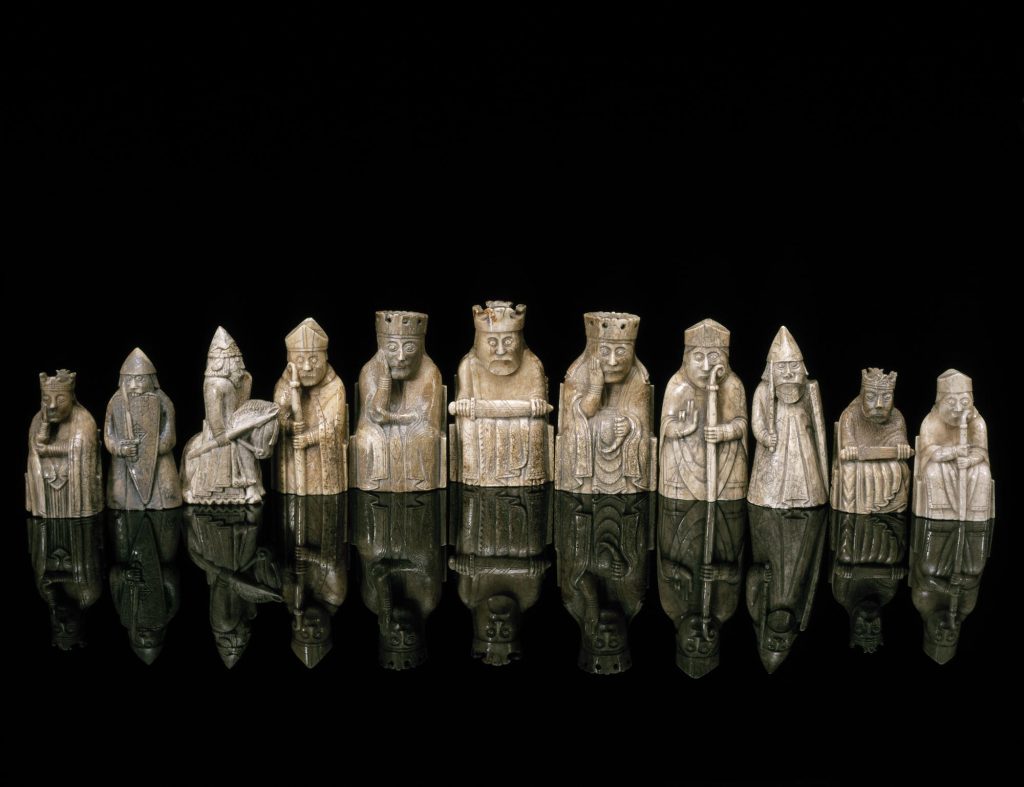
 The Origins of Chess in Ancient India
The Origins of Chess in Ancient India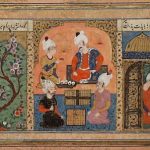




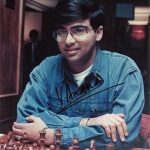


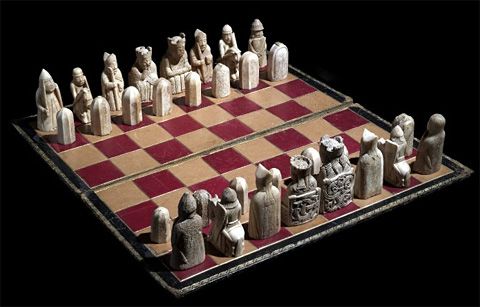
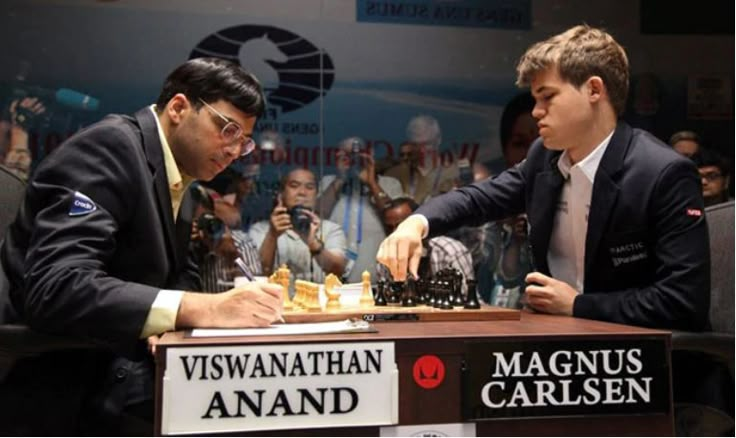


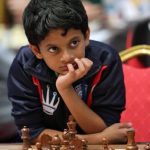




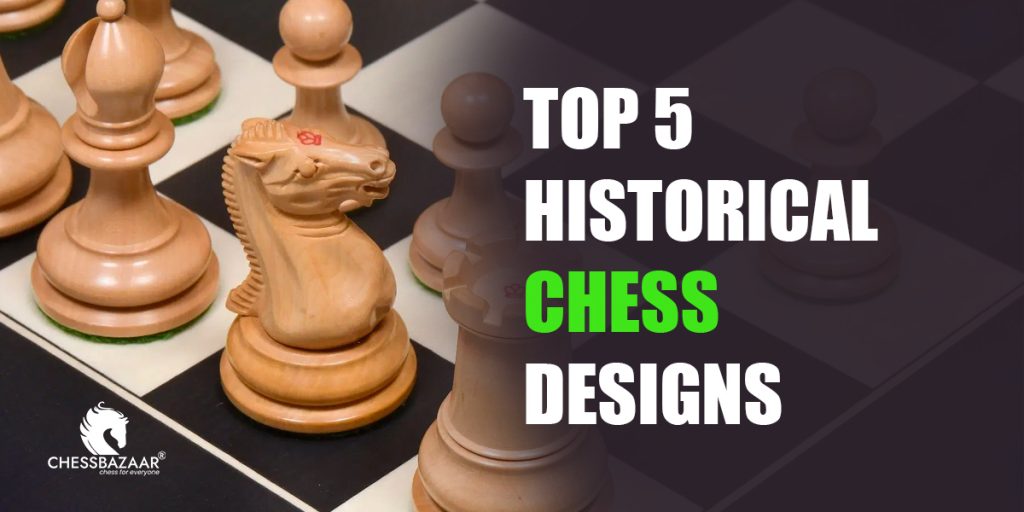
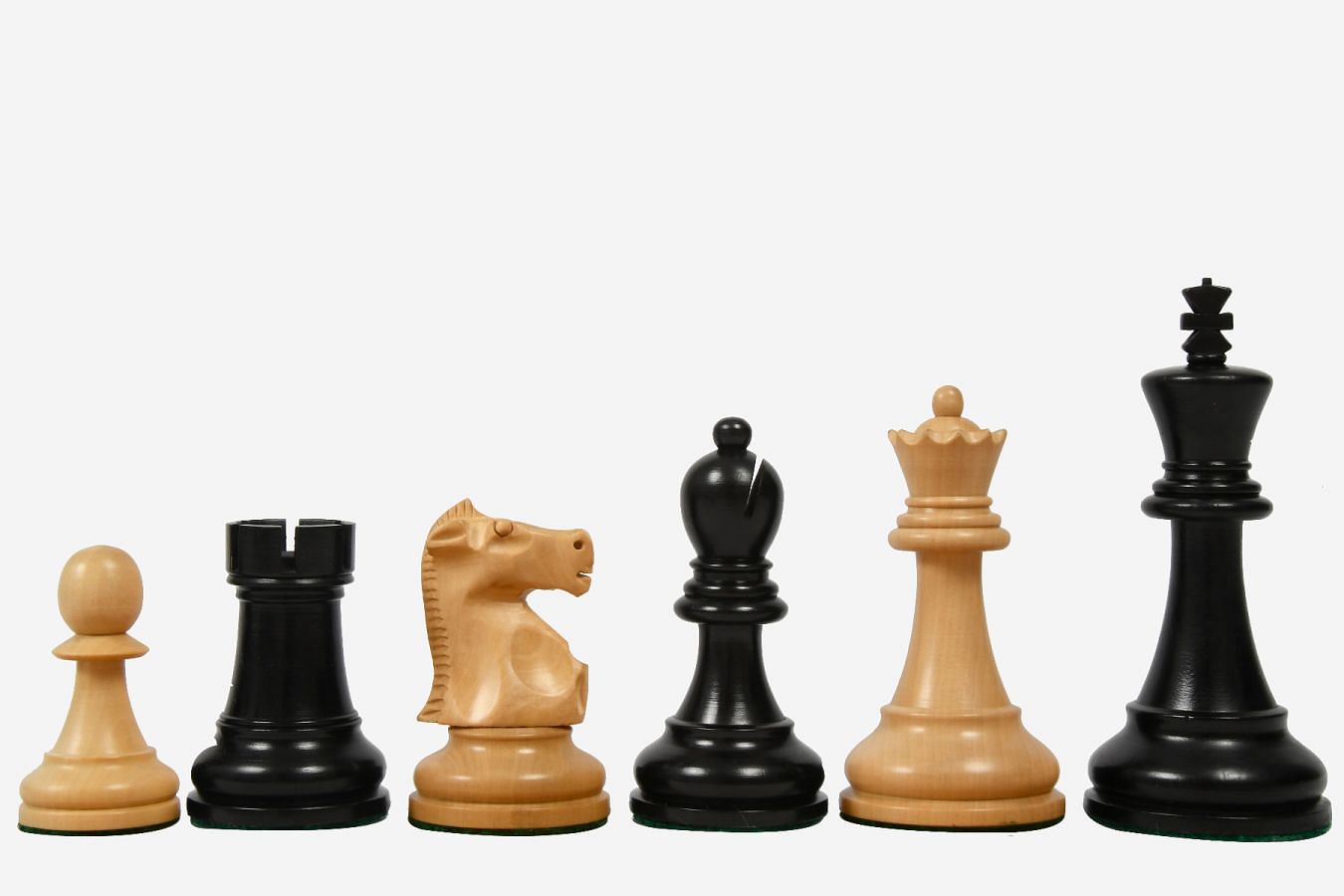
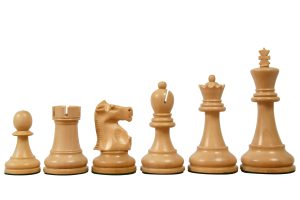
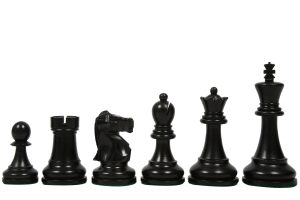
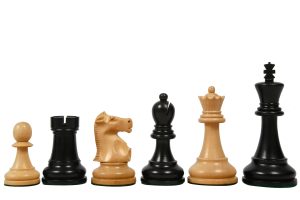




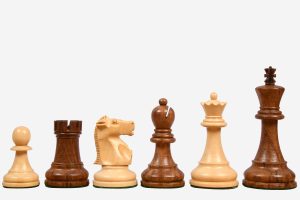
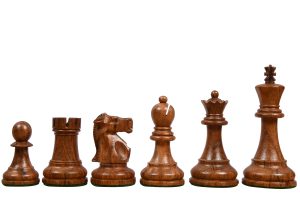
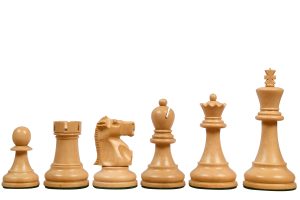
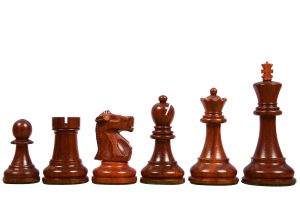
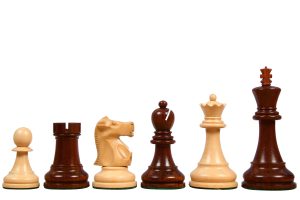
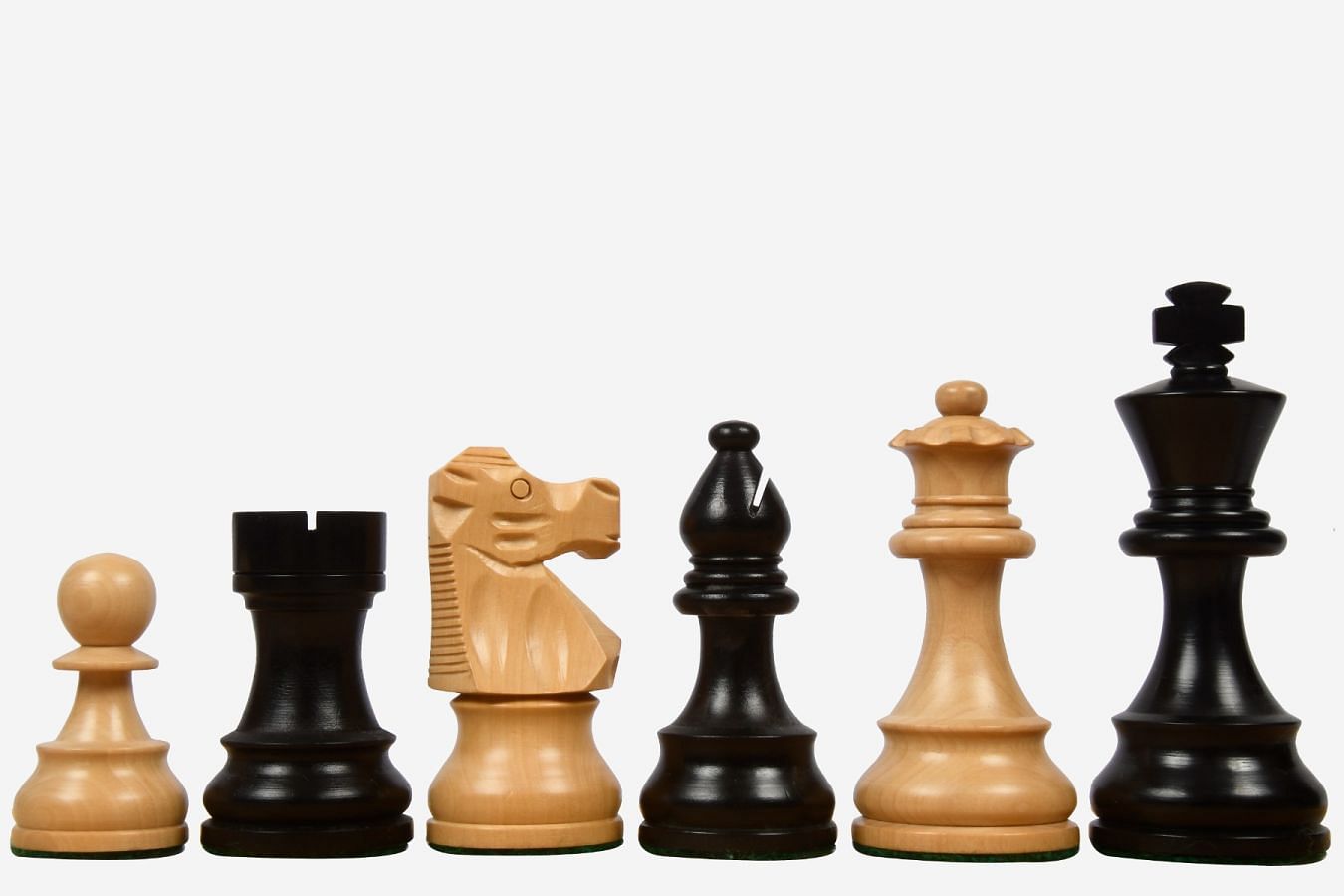
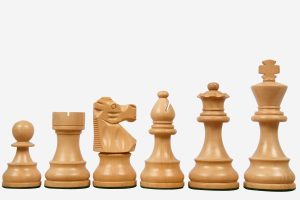
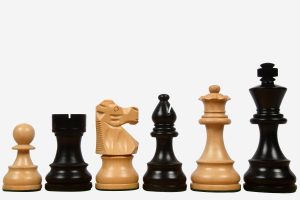
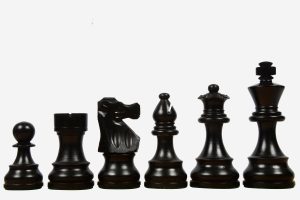
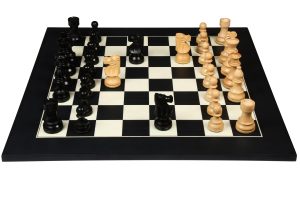

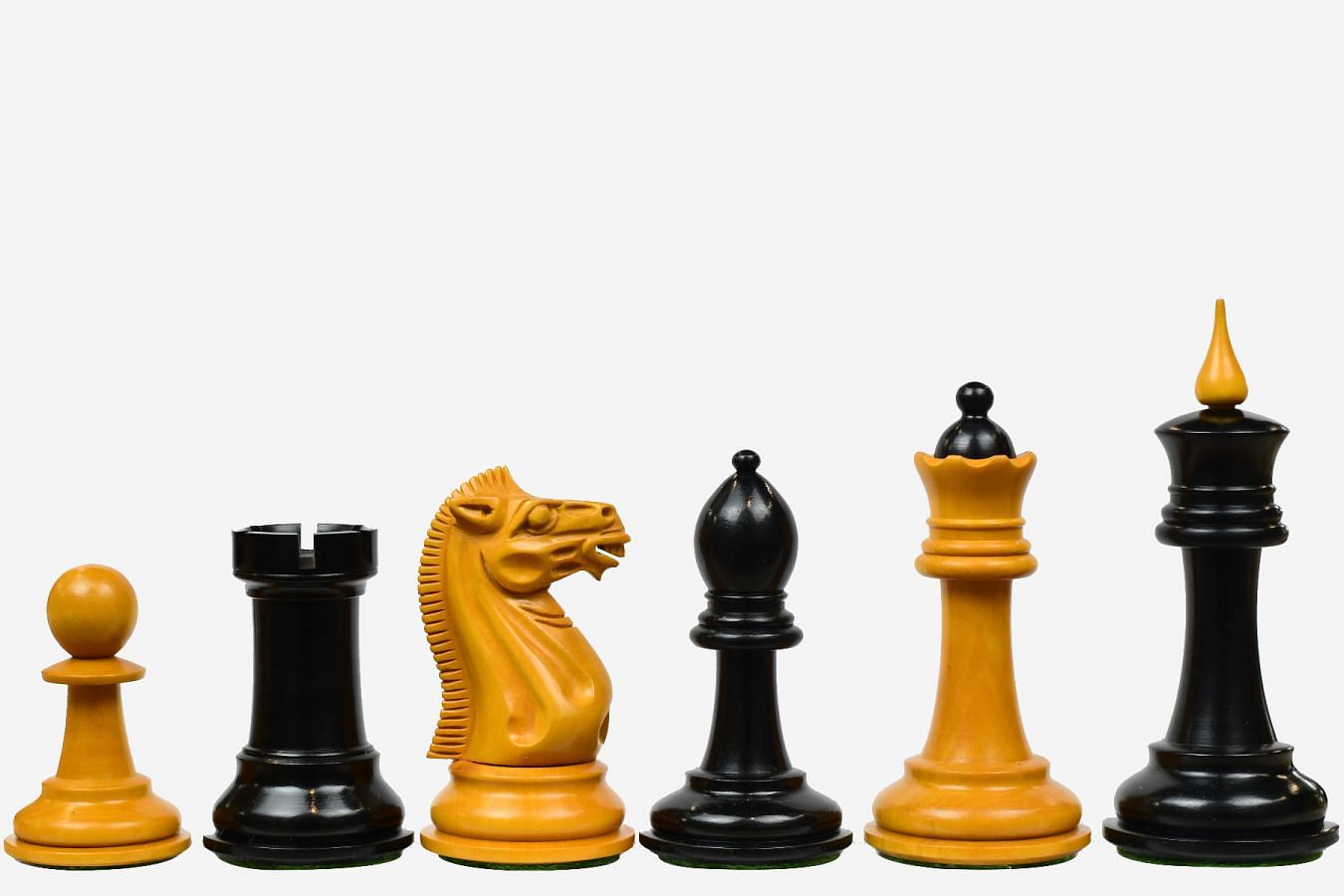
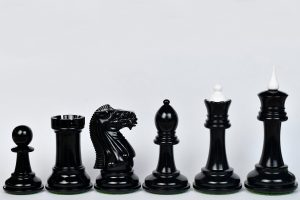
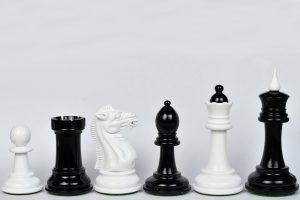

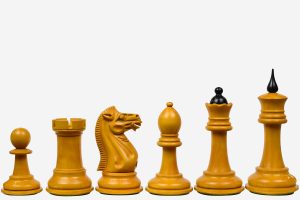
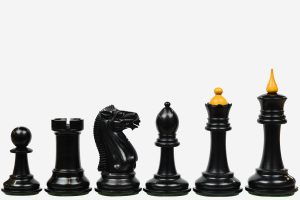
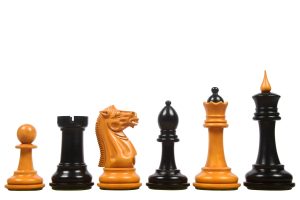
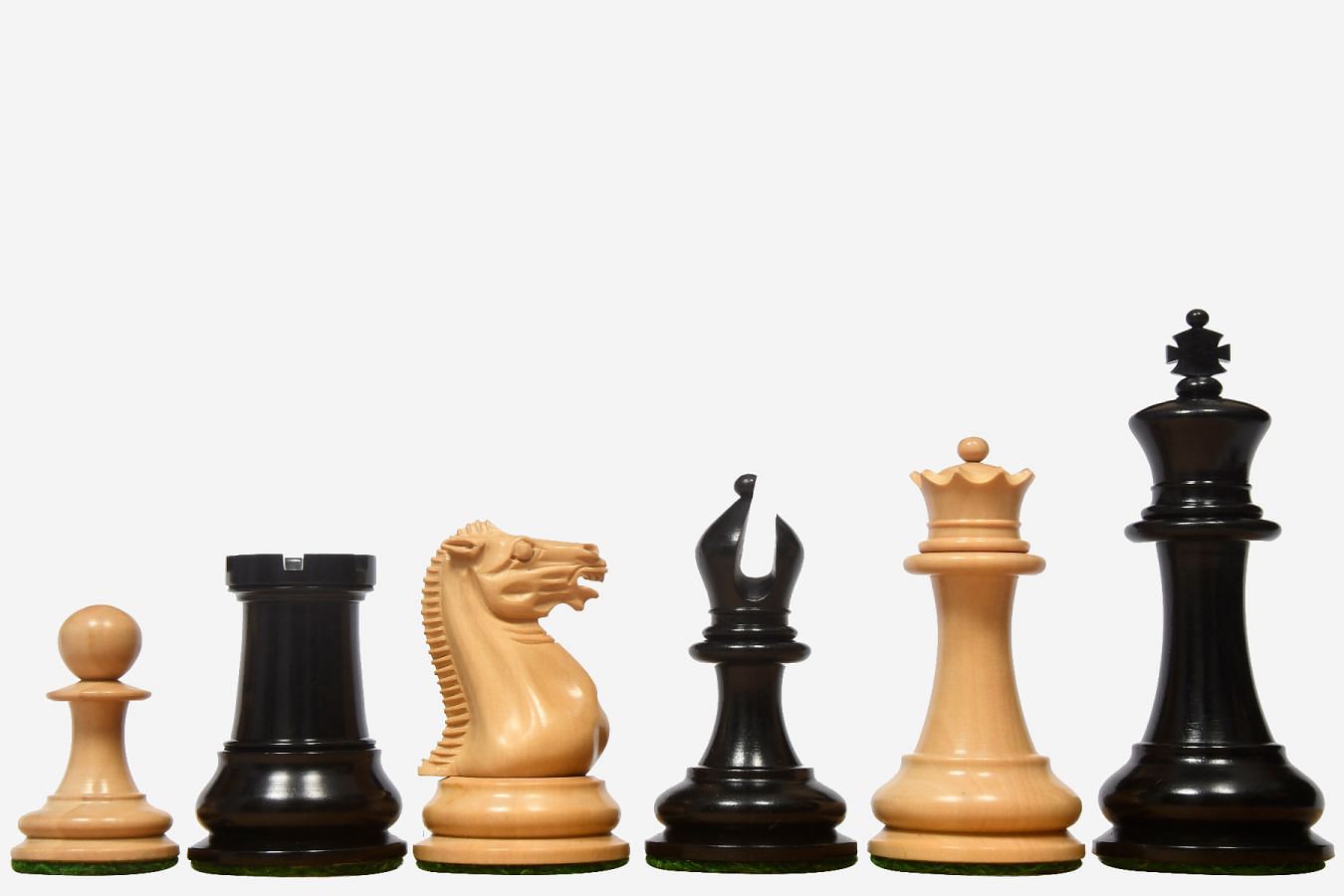
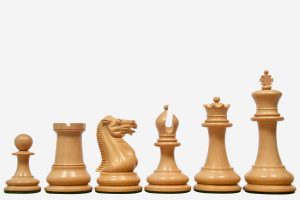
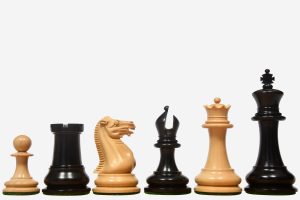
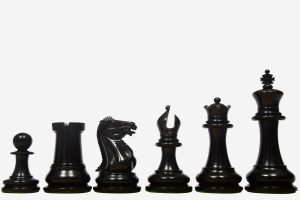
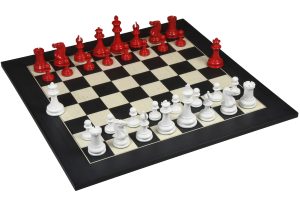
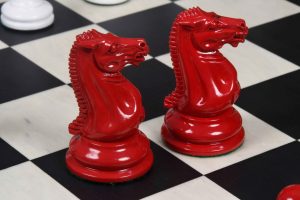
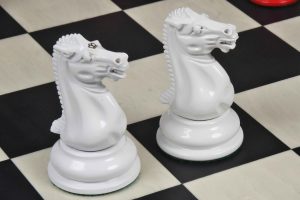


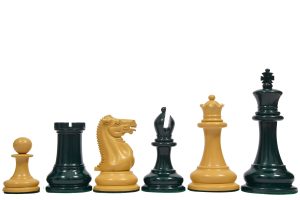
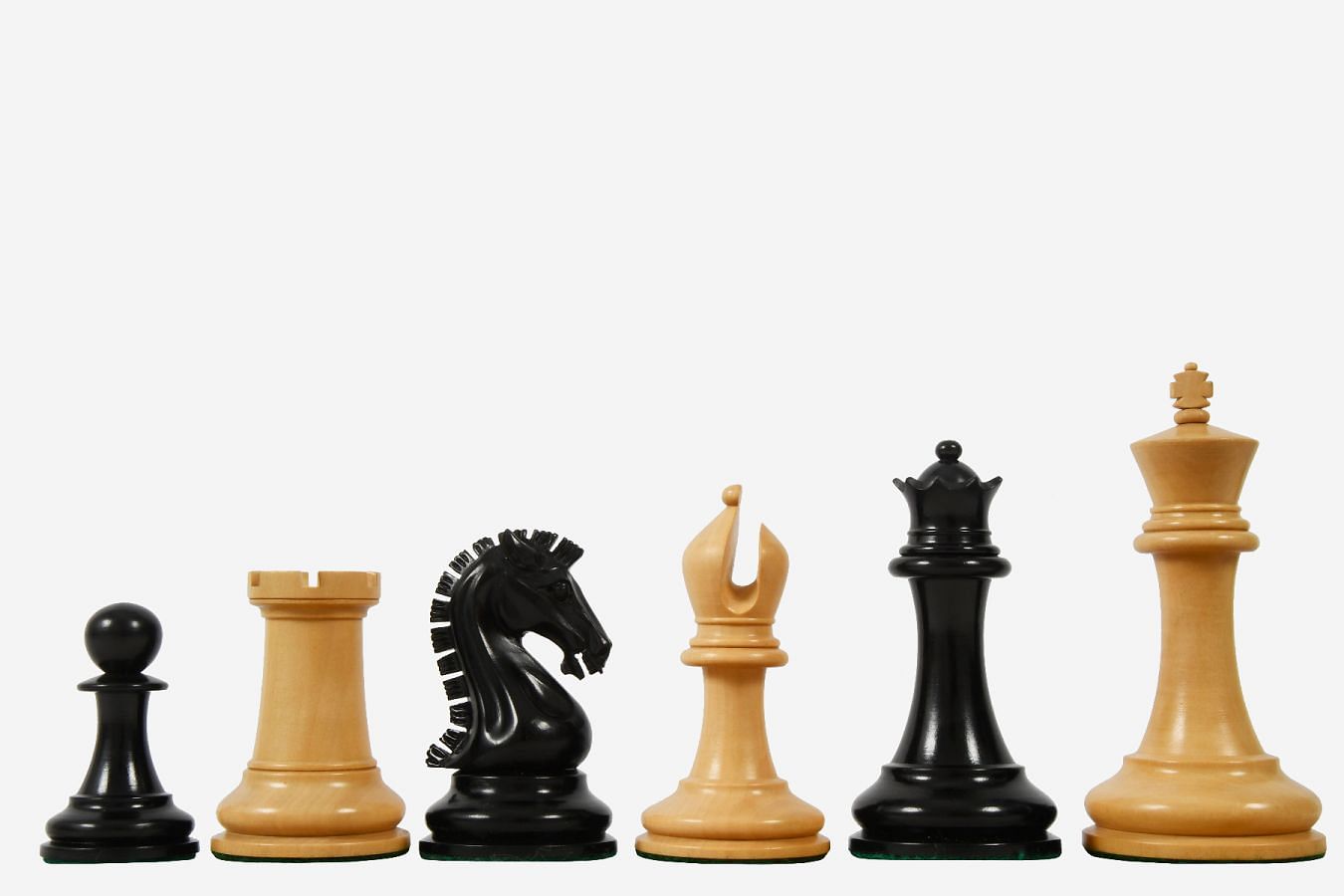
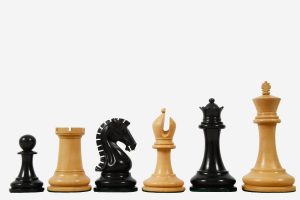
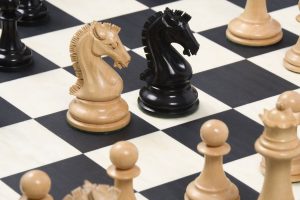
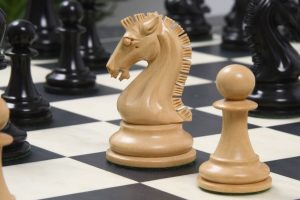
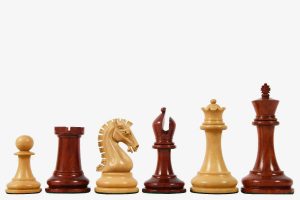
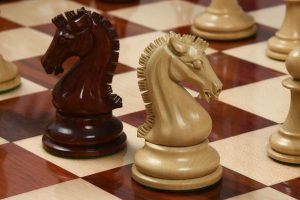

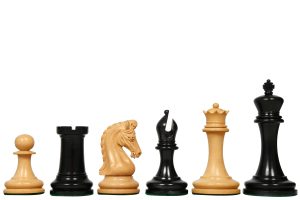
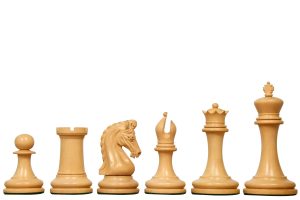
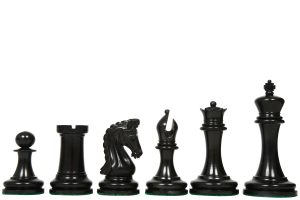

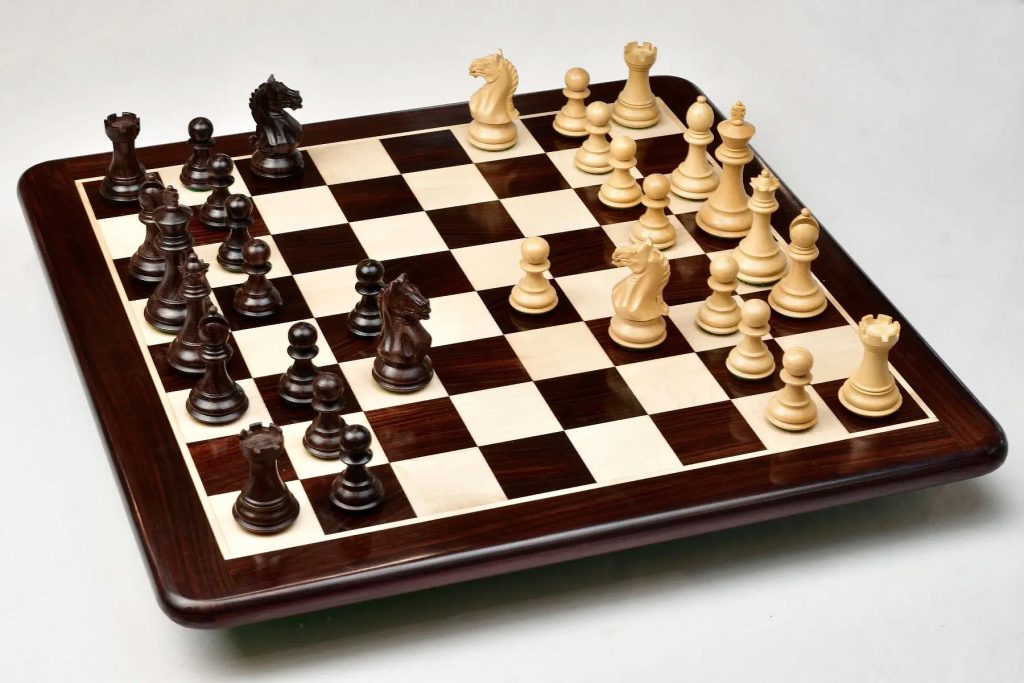
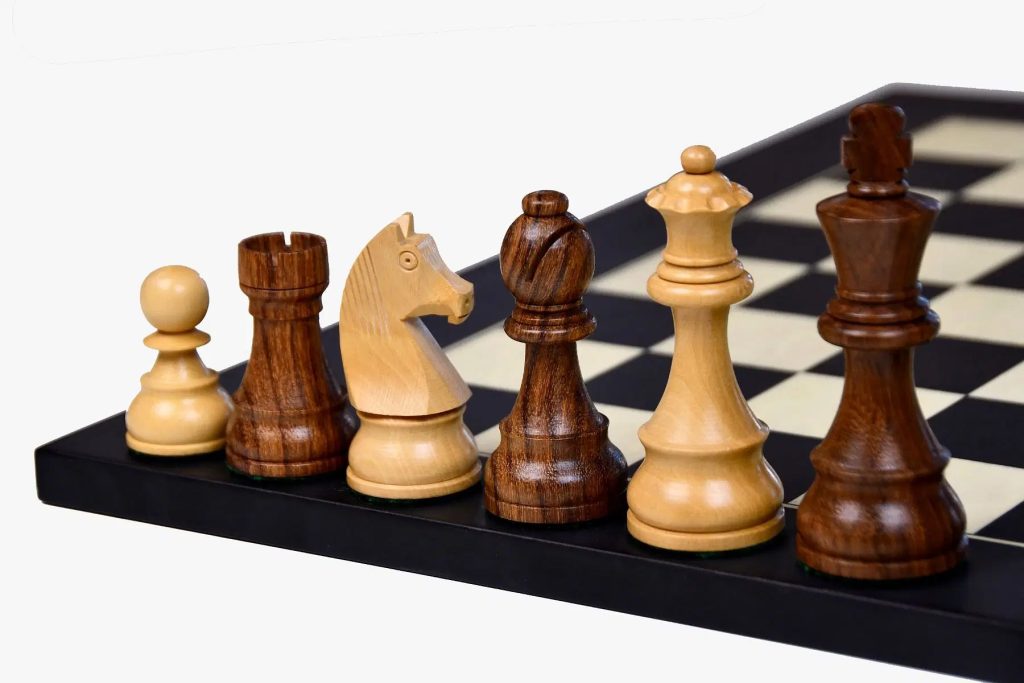
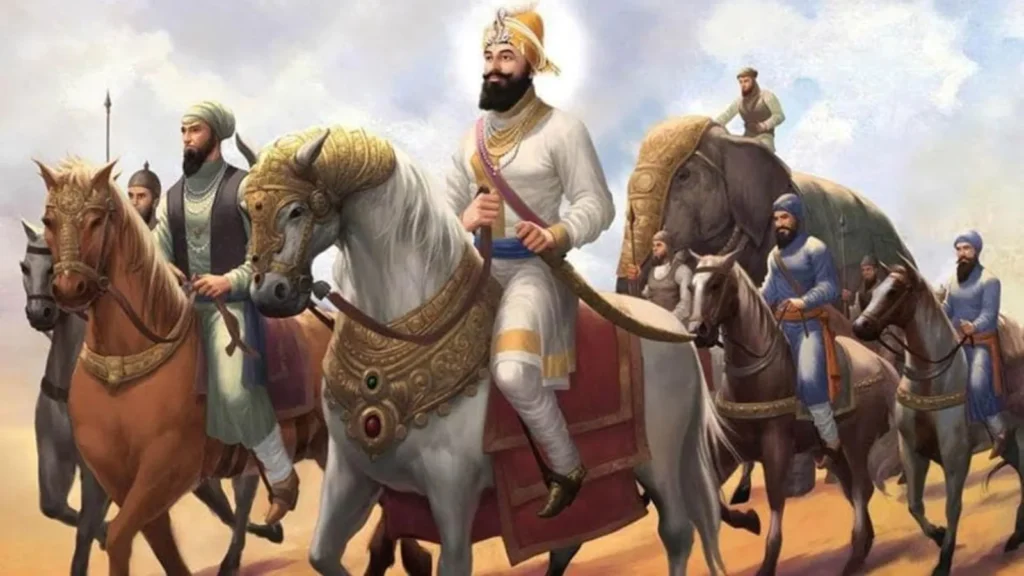
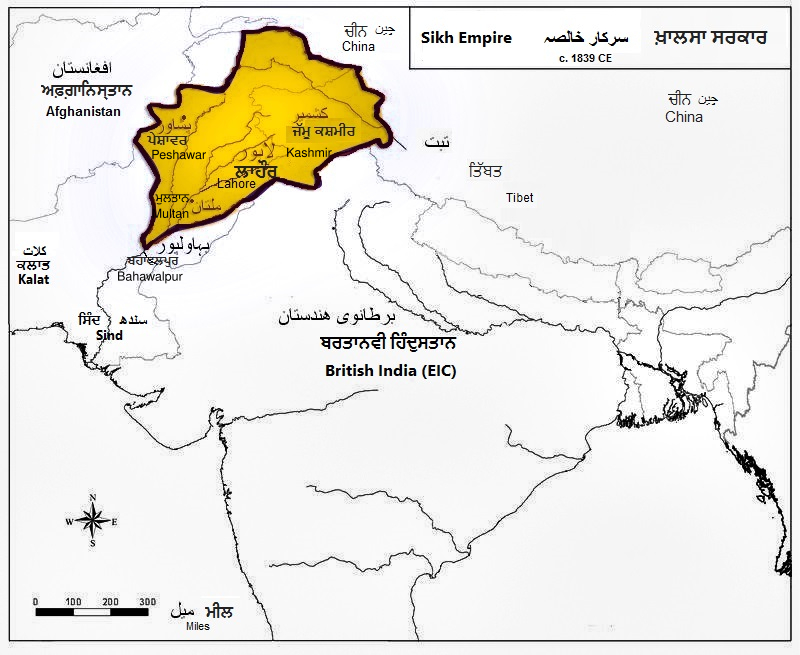
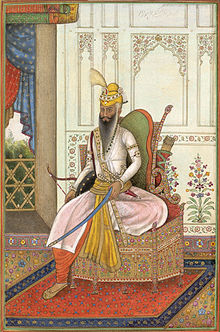
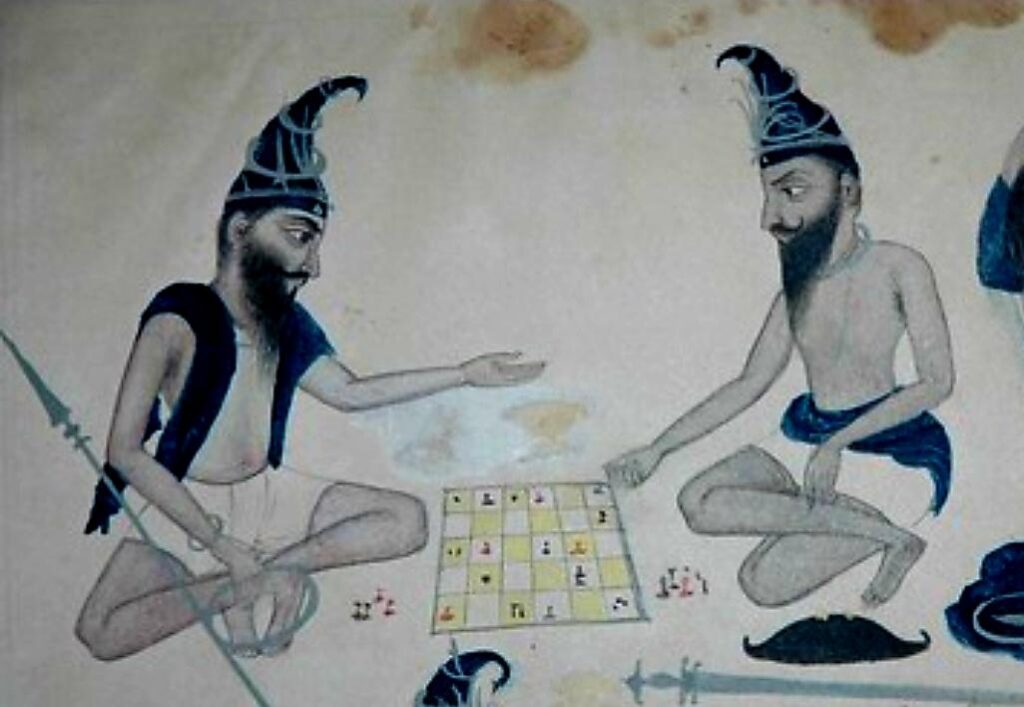

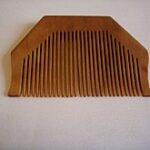

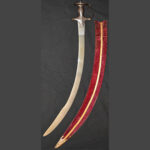

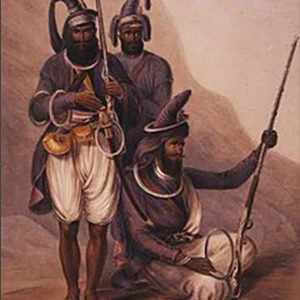
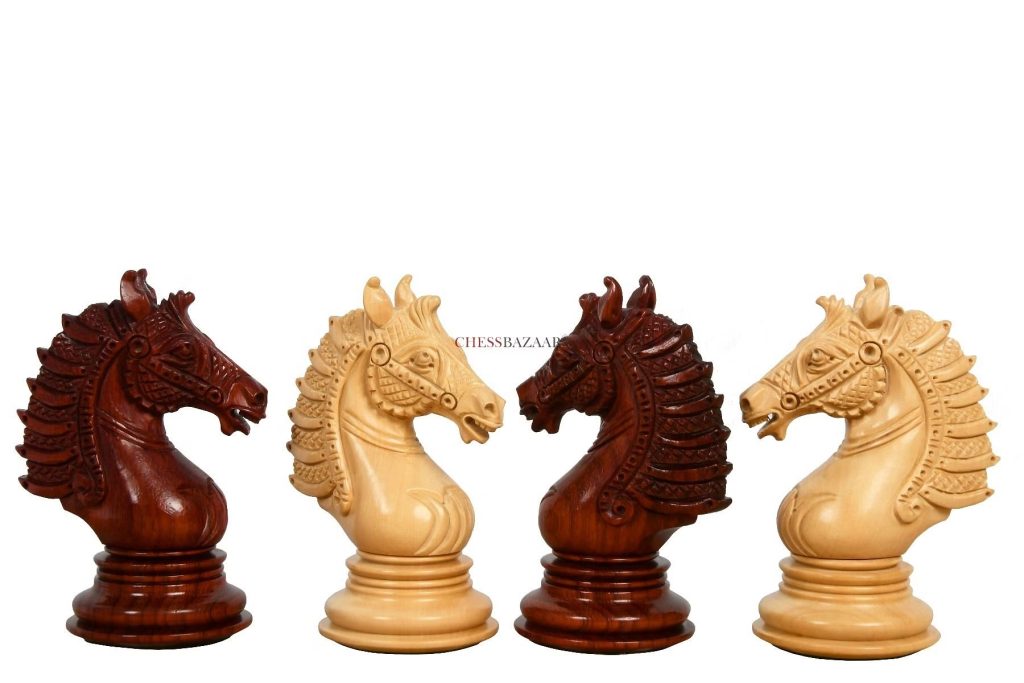
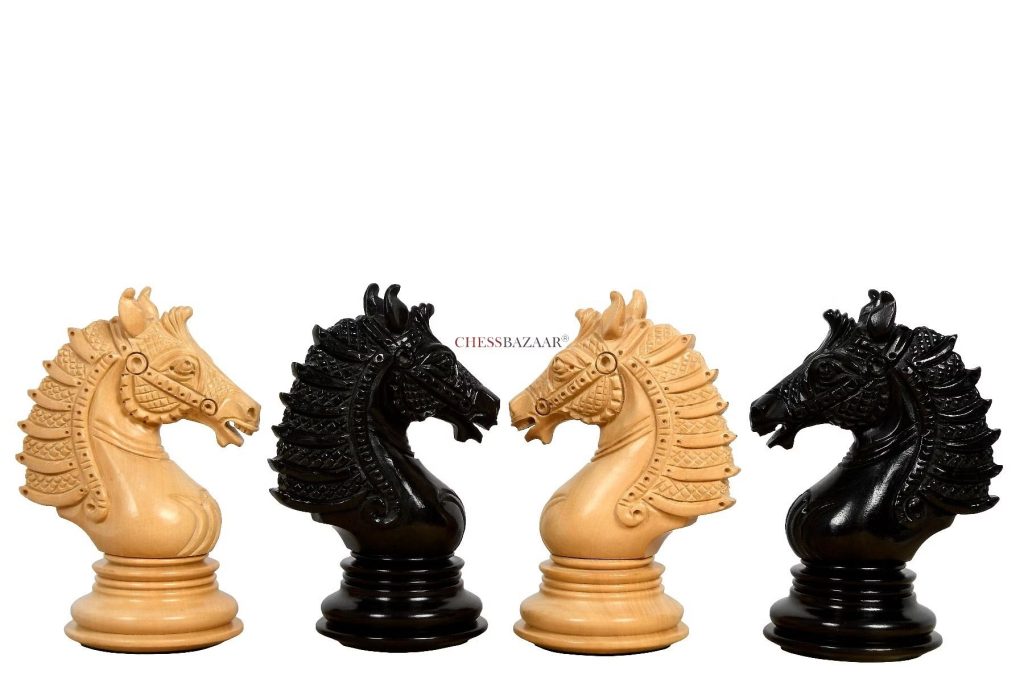


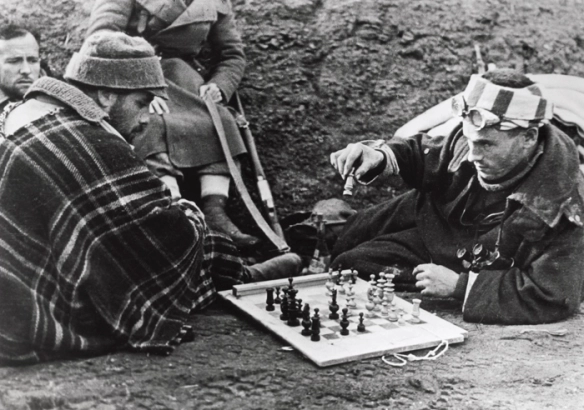 Miraculously, the game’s popularity flourished while drinking and gambling declined. If you visit this village, one can easily catch sights of people playing chess. A native of this village says, “Chess improves concentration, builds character and creates community”. “We don’t watch television here; we play chess and talk to each other, even the kids.” So true!!
Related:
Miraculously, the game’s popularity flourished while drinking and gambling declined. If you visit this village, one can easily catch sights of people playing chess. A native of this village says, “Chess improves concentration, builds character and creates community”. “We don’t watch television here; we play chess and talk to each other, even the kids.” So true!!
Related:  For long, chess has been considered as a game played only by intellectuals and individuals with critical thinking abilities. However, the interesting fact is that chess can be played by people of all age groups and mind sets. Chess is extremely helpful in
For long, chess has been considered as a game played only by intellectuals and individuals with critical thinking abilities. However, the interesting fact is that chess can be played by people of all age groups and mind sets. Chess is extremely helpful in 